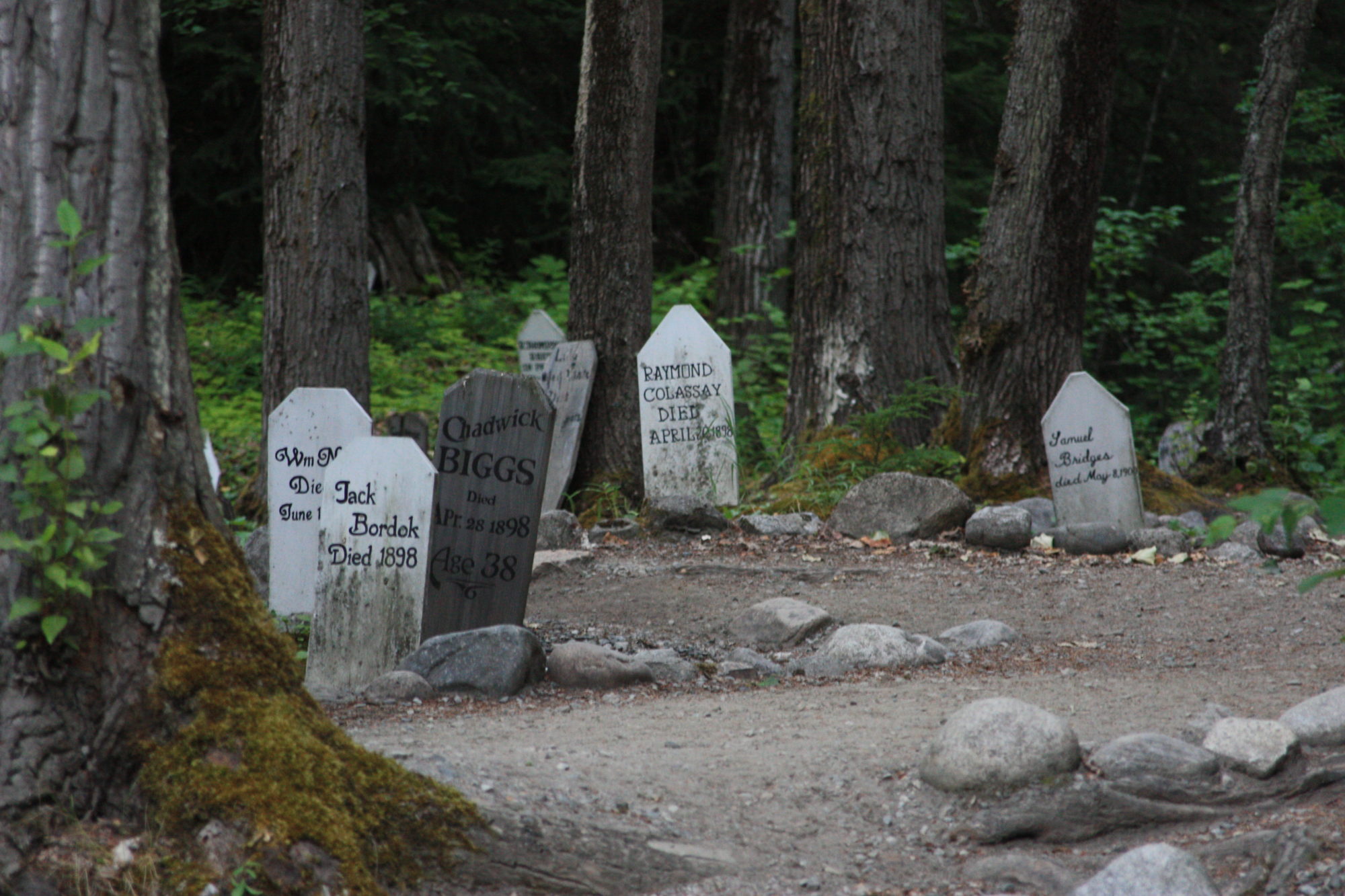
Skagway’s Mayor just received a kind thank you note from Ken Serey of Tipp City Ohio. He was reading a history of Dayton, Ohio and it seems that after the great Dayton flood of 1913, the citizens of Skagway sent a check for $92.42. That, along with other individual contributions from all over North America and overseas totaled $129,700. Ohio authorities contributed $430,000 and in all, $2 million was sent to Dayton, but the damage amounted to $300 million.
So Ken was just sending along a thank you note, in case it was overlooked 100 years ago. May I be the one in Skagway to say, “You’re welcome!”
The picture above is a mule and a horse on the roof where they ended up after the flood – hmmm, I wonder how they got down!
from “A Time of Terror” by Allan W. Eckert









